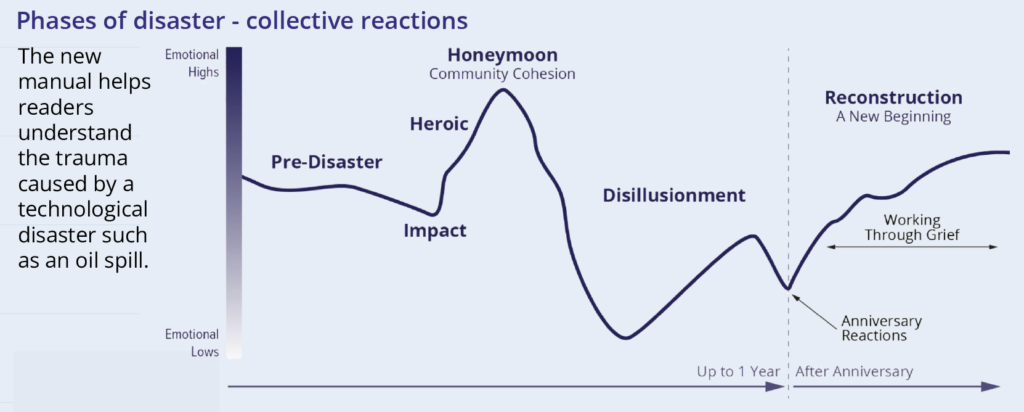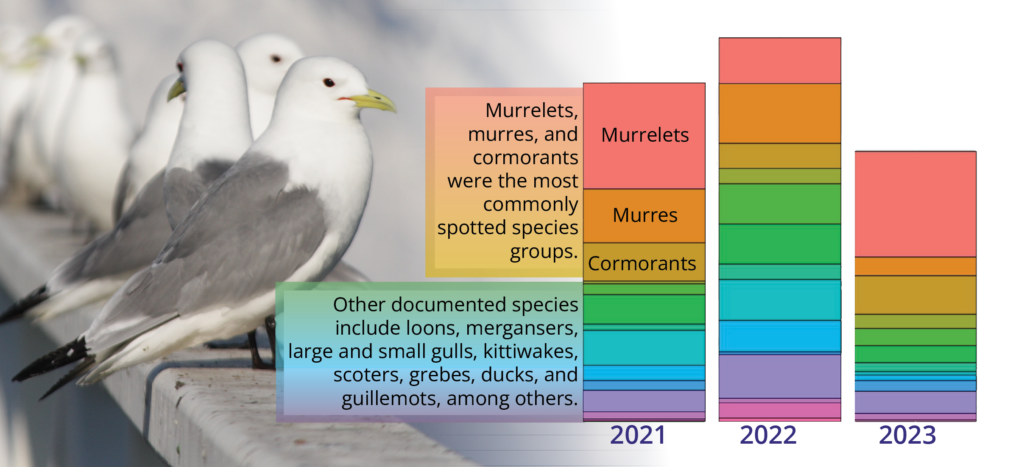By Maia Draper-Reich, Outreach Coordinator
In early August, the Council hosted a booth at Salmonfest in Ninilchik, Alaska. The annual music and arts festival welcomes nonprofits to host information booths and share with attendees about their work in the ‘Salmon Causeway’. Salmonfest is a festival rooted in advocacy, working with organizations on the front lines to protect Bristol Bay and its wild salmon fishery. They also support other causes throughout the year. The variety of booths at the 2023 Causeway included salmon-focused and environmental groups, as well as advocacy and education of other issues like Alaska Native interests, women’s health, and more.
Board President Robert Archibald, Port Operations and Vessel traffic System Committee member Max Mitchell, and I staffed the Council’s booth across the three-day festival. The Council’s booth tied into the festival’s theme of healthy salmon through sharing about citizen engagement in marine oil spill prevention and response, and marine invasive species.
We spoke to individuals from the Exxon Valdez oil spill region and beyond about the spill, its aftermath, and the ongoing work the Council does to promote the safe transport of crude oil through Prince William Sound. We handed out Council publications and logoed giveaway items. Ear plugs were popular as they are highly useful at a music festival event and exemplary of how prevention is key. Because of the festival’s environmental advocacy origin, the approximately 350 attendees who stopped by the booth were engaged and receptive with many eager to stay connected and learn more through our newsletter and receiving a copy of The Spill book.
Sharing about invasive species took the form of a carnival game-style activity. Booths were encouraged to have an activity that attendees could complete or engage with to get a stamp on their Causeway bingo card. The Council’s carnival game was the Green Crab Attack explainer activity where the participants get to step into the shoes of a marine scientist monitoring for invasive crab species such as European Green Crab. Youth and adults of all ages tried out removing foam sea creatures from the crab trap and sorting them into categories keeping an eye out for any green crabs.
Salmonfest was a great opportunity to connect with community members from lower Cook Inlet and the Kenai Peninsula, as well as those from elsewhere in Alaska and visitors, on citizen engagement in oil spill prevention and response in Prince William Sound and the downstream communities. On Sunday, people carrying large salmon puppets paraded by the nonprofit Causeway as a local act played on the nearby Inlet Stage, illustrating how the festival allows art, local environmental issues, and people to converge.

